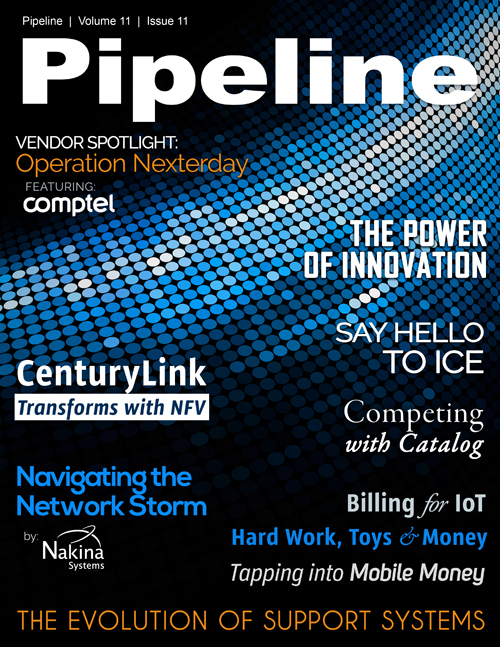IoT: Creating a Billing Inflection Point for CSPs
Different pricing models emerge
Usage-based rating is one way providers are exploring as a way to tackle these problems head on. In this usage-based model, users pay for the service they consume in increments determined by the service provider. For example, in the consumer world, data used on a mobile phone is measured in kilobytes, texting is measured in number sent/received, and movies, videos and music downloaded is measured in size. M2M data can be measured in various ways by providers as well, as it’s appropriate to their individual customers in different markets.
A few examples of how pricing could evolve for the IoT include:
Variable pricing, which is based on the impact an application has on a cellular network. For example, M2M applications require a larger percentage of uplink traffic to transmit data from sensors, whereas application devices generate a large percentage of downlink traffic. Pricing would vary based on size, volume and whether traffic is originating from application or device.
Quality-of-service (QoS) based pricing models, which would be used for mission-critical M2M applications. One example from the healthcare industry is eHealth heart monitoring, which by its nature requires guaranteed QoS. Sensors in the equipment track the use of the equipment (clicks, spins, etc.) and establish thresholds and generate alarms when needed. Billing systems can measure each data event and bill accordingly with a higher rate based on guaranteed QoS.
Solution-driven events, which allow M2M solution providers to stretch their margins by pricing based on solution-driven events rather than raw bandwidth usage. This in contrast to the bandwidth consumption model used by network providers.
The common thread throughout these examples? Flexibility. Monetization of M2M services can’t achieve maximum results without a flexible usage-based rating platform in place that allows providers to establish a flexible product catalog with options for all different types of use cases.
The role of big data analytics
The nature of usage-based rating gives service providers a precise view of service utilization. The huge stores of usage data can then be processed to offer increased analytic awareness throughout the business. Analytics can be provided to assist the application service provider in minimizing costs associated with delivering their service, for example using the data to optimize behavior or optimize transmission of the data.
There are two primary ways to engage big data analytics in a usage-based billing model:
Predictive analytics help providers identify potential trends as they begin to emerge. This allows them to predetermine future pricing models and impacts on margin in addition to providing more robust revenue assurance and fraud capabilities.
Prescriptive analytics are more advanced and will allow the provider to automatically make adjustments to the system, removing human tactical decision making from the equation. For example, the provider can prescribe rate plans based on predictive usage trends, which would trigger other workflow events, such as search for the lowest cost data route with the highest available network element.
As the Internet of Things continues to grow on both the consumer IoT side and the B2B M2M side, it’s becoming increasingly clear that solving the monetization equation will be key for service providers. They’ll need personalized, flexible, scalable solutions that help them maximize revenue from each byte of data that crosses their network.



















